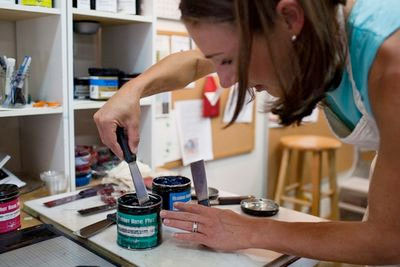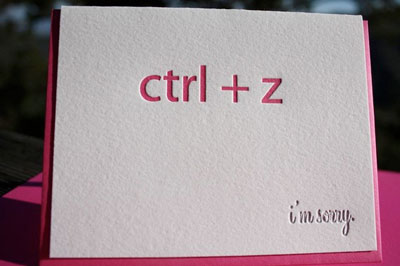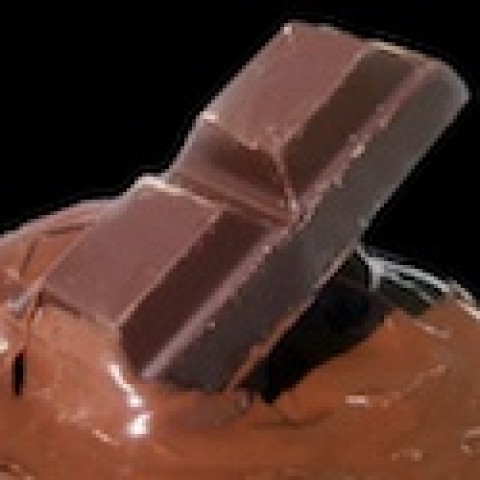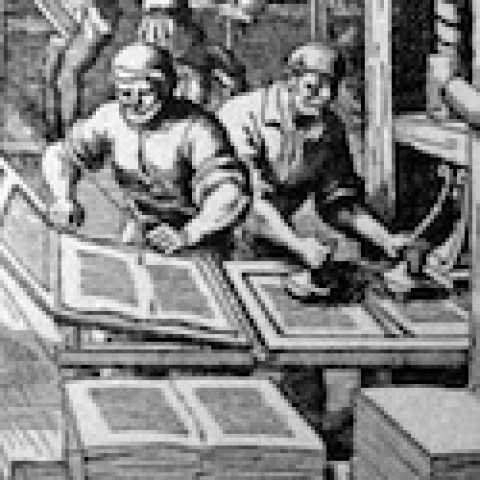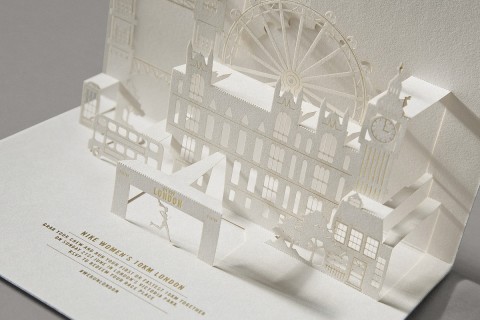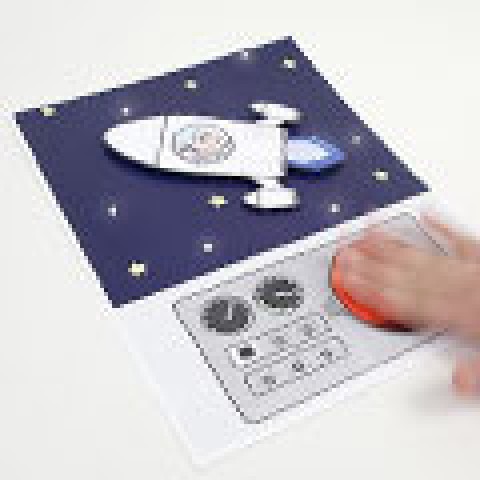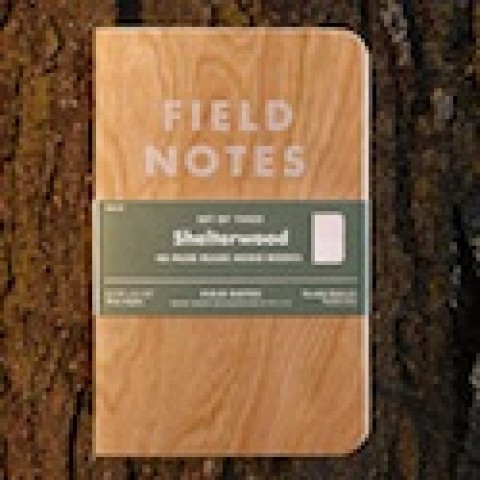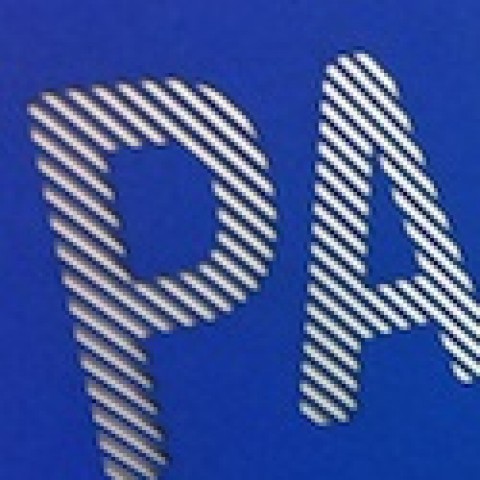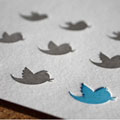
It seems like a classic contradiction in terms, an oxymoron – intimate corporation, human e-media. But that’s what Twitter is – at least in one interesting way I discovered recently.
Case in point: the new hires. Some companies provide cookies to make new employees feel welcome. Others take the newbies out to lunch. (A very few do nothing at all … just morons.)
But when Twitter’s 35 newest employees settled into their desks, they found a letterpressed welcome card with a handwritten note inside.
Making a large company feel small
Blame it on Twitter employee No. 80, Elizabeth Bailey Weil, Corporate Design and Culture, and her personal goal to make a big company feel small by incorporating these beautiful cards.
What at first glance might sound slightly contradictory actually makes a lot of sense.
“Paper, especially thick paper, has a particular appeal for those who spend hours at a time in front of a screen,” explains Weil. “You can pet it.”
The new Twitterites might not be aware of the uniqueness of the printed piece they’ve been given, but they do sense it with their fingers and their hearts. Many still have their welcome cards on their desks or tacked to their walls.
Twitter is a company that’s quickly grown to more than 1,500 employees in 10 offices. In contrast, these welcome cards are printed quite slowly, literally one at a time, with human hands touching each one.
High speed vs. hand feed
I love the seemingly illogical image (movie actually) that appears in my mind … a blazing fast Twitter feed on one side and the rhythmic kachunk of the letterpress feed on the other.
Back in her Portola Valley, Calif. home, Weil calls a 1923 Chandler & Price letterpress her own. She’s the person who creates the welcome cards, hand feeding them into this vintage piece of equipment.
“That’s exactly where my weekends go,” laughs Weil about her alter ego as owner of Paperwheel Press.
While the Twitter cards were some of her first projects, she’s expanded into wedding invitations, social stationery and business cards for her own growing list of clients. Word has gotten out, and she loves the hands-on feel. Quite the contrast to her day job.
The more we email, the more we like cards
With all the time we spend in front of TVs, desktop computers, tablets and smartphones, the tactile, personal qualities of fine paper are prized today. It’s a peaceful stop for your eyes, a rest for your mind, a reminder of what it means to savor the moment in the most human of ways. And yes, people feel special when they get a card or handwritten note.
Much of the recent small-stationery resurgence that’s taken place is thanks to letterpress – one of the oldest forms of printing. At Etsy, handmade paper products are a staple with more than 5,000 letterpress items listed in its stationery subcategory.
For Weil, it goes further than the welcome cards. She has a set of Twitter stationery, envelopes and stamps readily available at her desk so she can send that personal note whenever the inspiration or need strikes – a thank you, a congratulations, a this-made-me-think-of-you.
At the intersection of social and stationery
Helping other small printing businesses to expand through social media is a personal sweet spot for Weil. For the second year in a row, she spoke at the National Stationery Show.
“The talk at the stationery show wasn’t just focused on Twitter, but instead on how small businesses, growing businesses like Paperwheel, can use social media. I’ve had this struggle of not having a lot of time and also being confused on other social platforms. How do you leverage things? What do you leverage? Where do you get some of the best bang for your buck, and how do you really engage with your particular audience in a real, organic and refreshing and YOU sort of way?”
I think Weil has found a paradox principle that can be successful for anyone. What might seem like a contradiction between digital and print entices us to embrace both media to make the most of our businesses and marketing messages.
“I think people feel cared about when they get that card,” says Weil. “Like they just joined a big fun tech family versus just an entity in the sky.”
What paradox principle can (do) you incorporate into your marketing and branding? If Twitter can letterpress, I can [fill in the blank]. 😉 Let me know. I’d love to hear how your company combines print and electronic media.
P.S. I did notice that a notecard as well as a tweet will both accommodate about 140 characters. Coincidence or cosmic plan? ;-))
———-

Copyright 2012 PaperSpecs.com.

